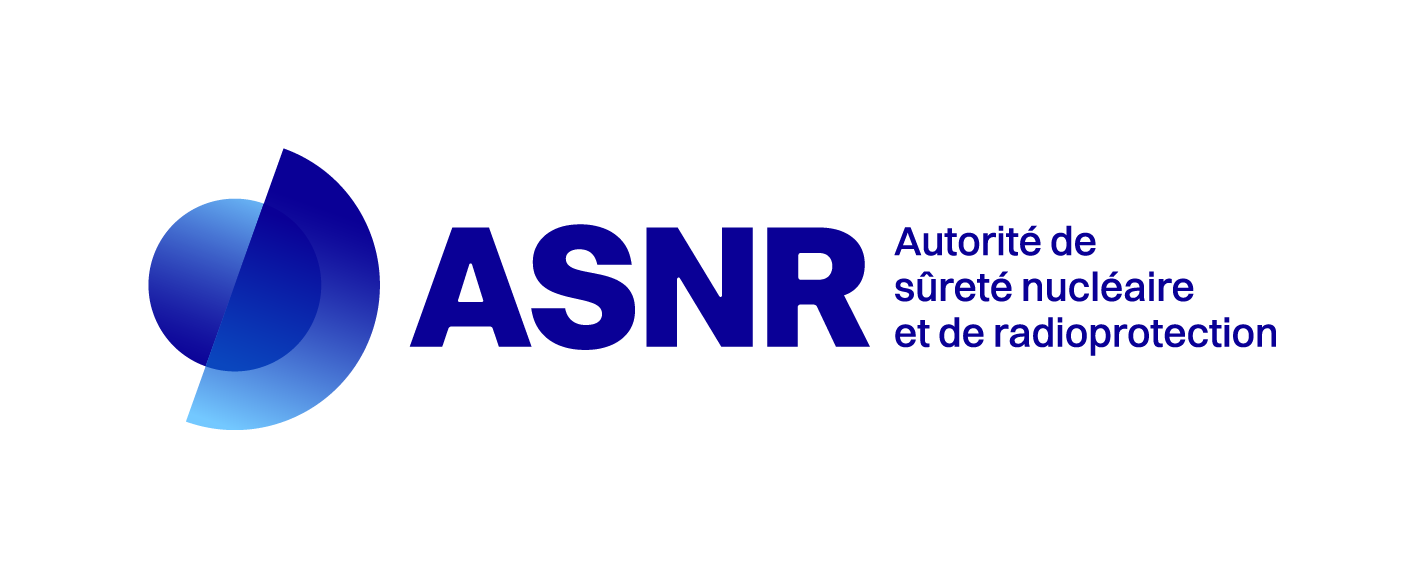Characterization of precipitates susceptible to clogging of sump filters after a Loss-of-Coolant-Accident in PWRs
Résumé
During a Loss Of Coolant Accident involving a primary circuit failure in a nuclear power plant, debris, generated by the impact of the steam jet, is transported to the hot liquid phase formed at the bottom of the nuclear containment. Water is recirculated after passing through filters. Chemicals are released and may precipitate on the filters, increasing the pressure drop. This paper investigates the characterization of precipitate formation in a soda/borate buffer, due to the presence of calcium, silicon, and zinc, released from mineral fibers, concrete particles, or the corrosion of metal surfaces.
Experiments run at various temperatures and chemical compositions are presented, with the objective of identifying the precipitates and determining the critical thresholds of concentration and temperature beyond which the risk of chemical clogging disappears. The experimental results are compared to those calculated with the CHESS software, intended to calculate the speciation at thermodynamic equilibrium.
The results show the formation of amorphous precipitates: silica, calcium borates, borosilicates and zinc silicate. Precipitation is temperature dependent, with the highest masses obtained between 50 and 60 °C. The comparison of experimental and calculated results indicates a good overall consistency. This work demonstrates the importance of considering chemical clogging in this context.
| Origine | Fichiers produits par l'(les) auteur(s) |
|---|---|
| Licence |




